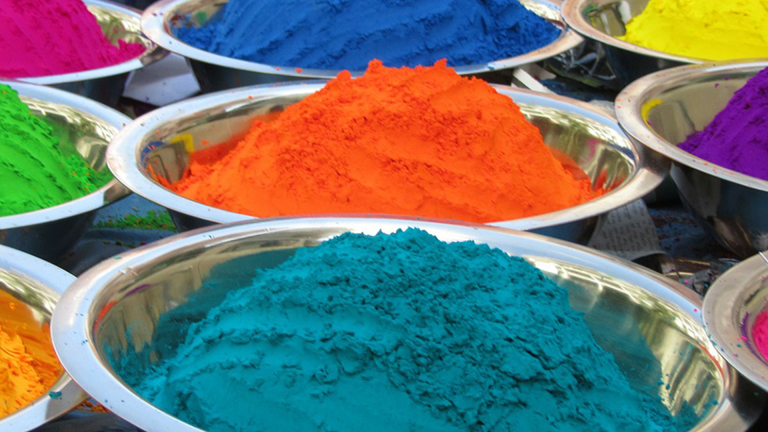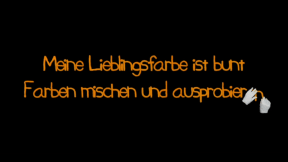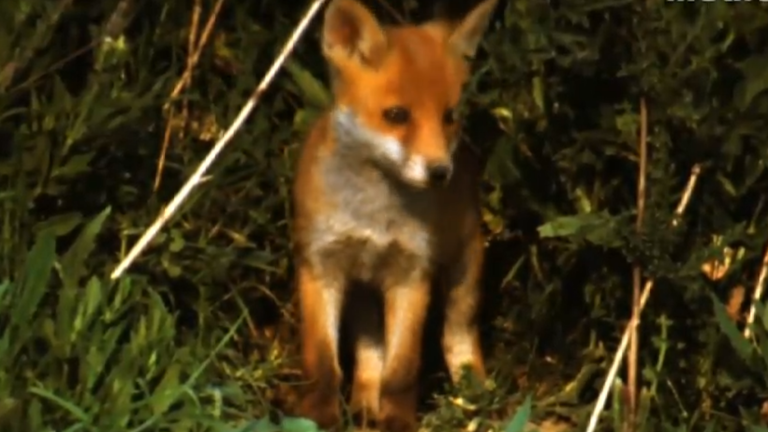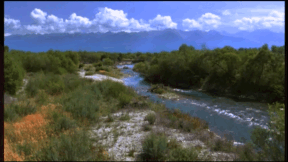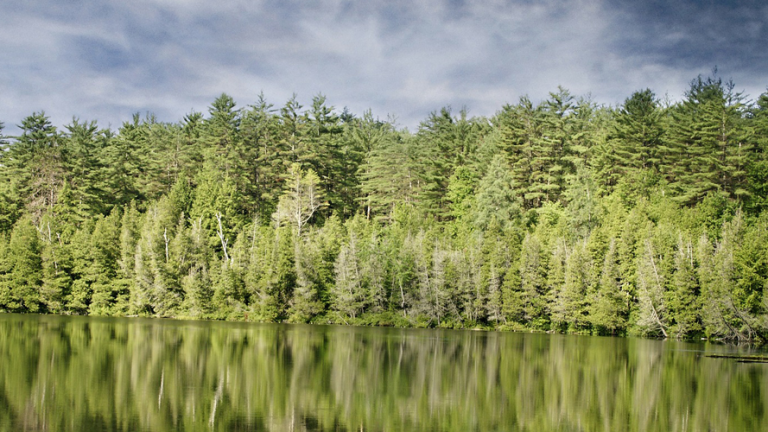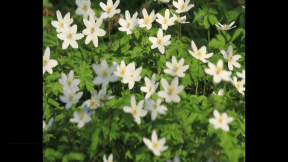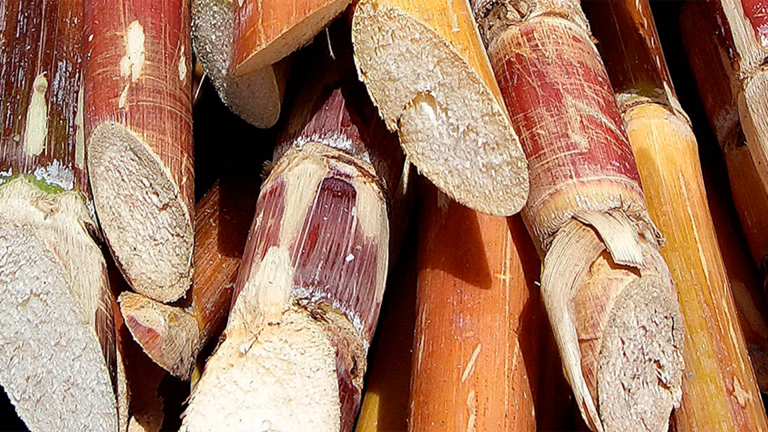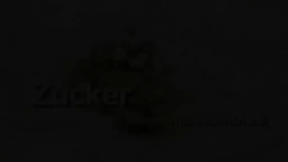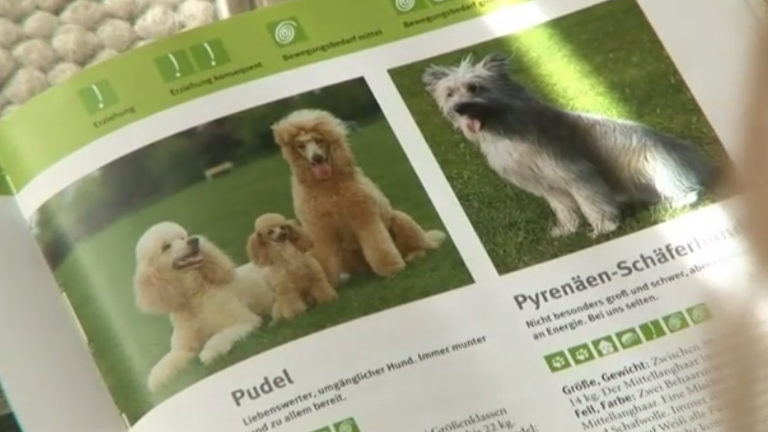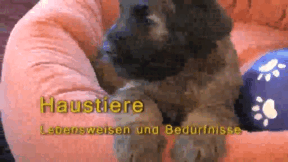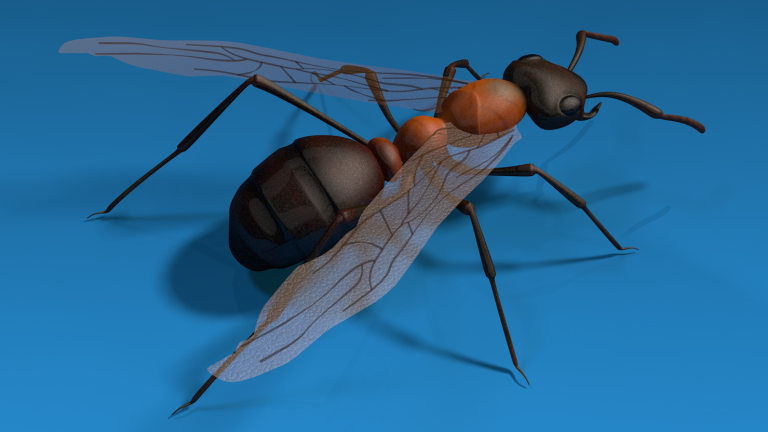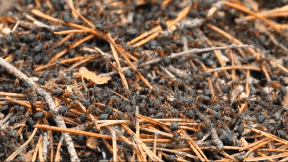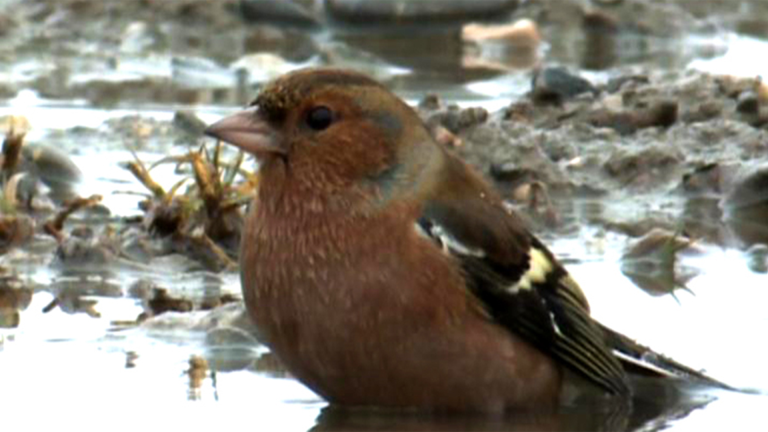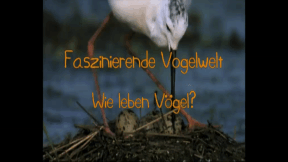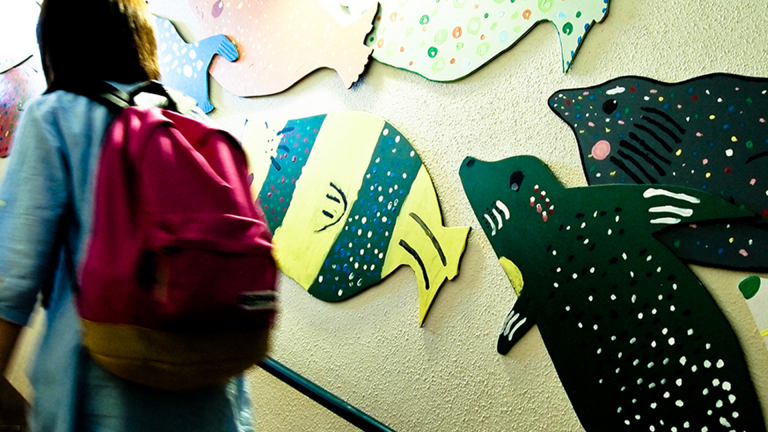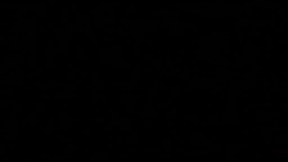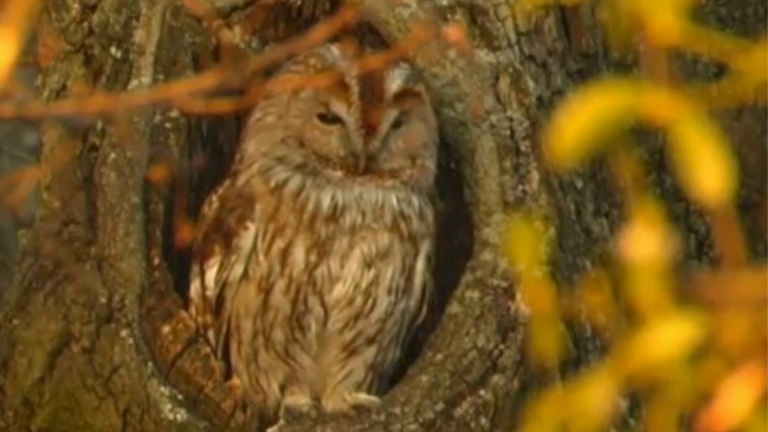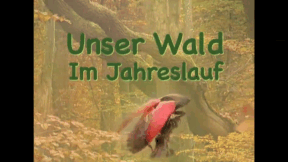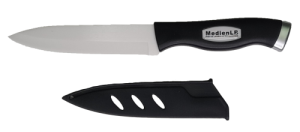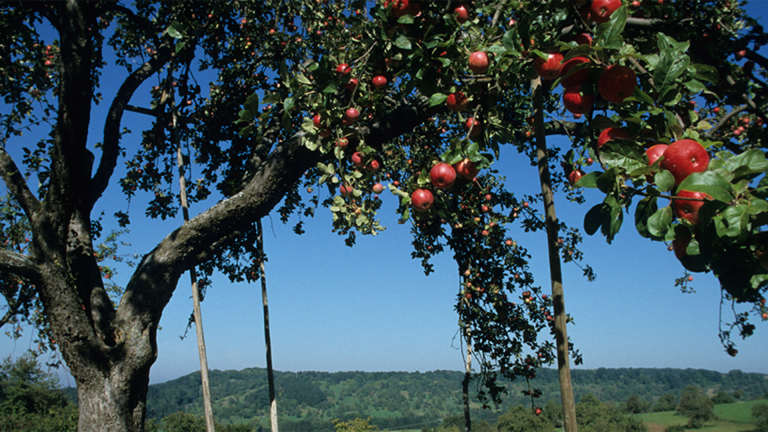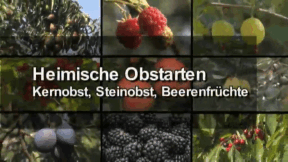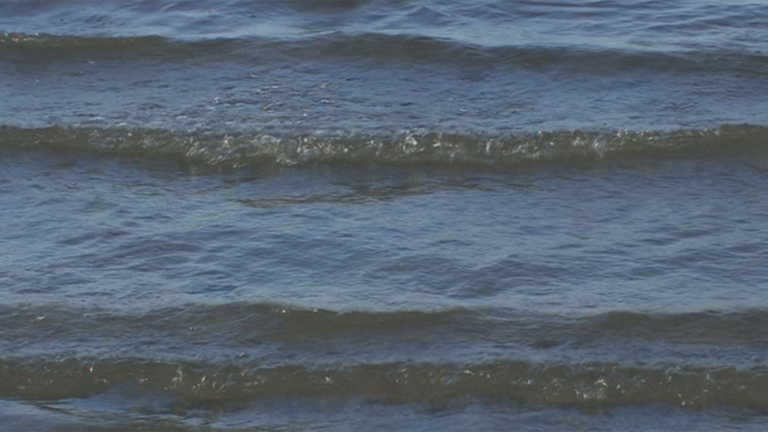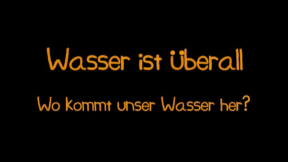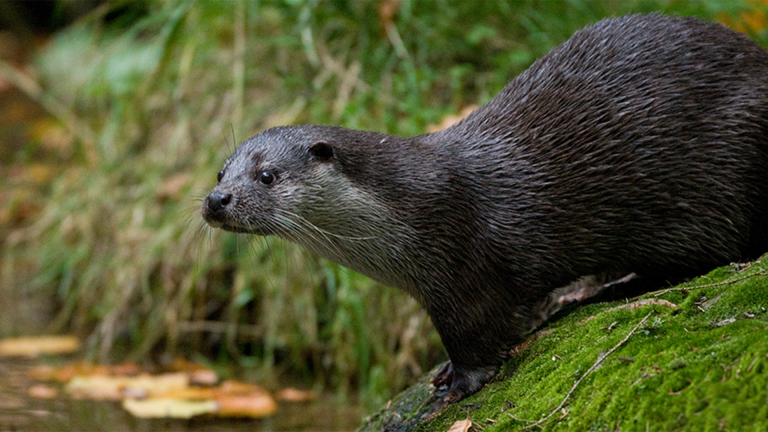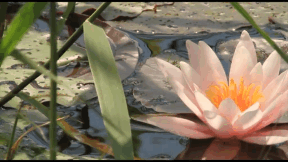Suche:
- # Artistry
- # Biology
- # Chemistry
- # Ecological
- # Economy
- # English
- # Foreign Language
- # Geography
- # German
- # Health
- # History
- # Informatik
- # Latin
- # Mathematics
- # Media Education
- # Music
- # Physics
- # Politics / Civics
- # Preschool
- # Primary School
- # Religion
- # Society
- # Sports
- # Technology
- # Training of Teachers
- # Vocational Education
My Favourite Colour Is Multi-coloured
Paintbrush: ”Hello kids! I am Colori. Being a paintbrush, I love all those vivid colours: red, yellow, green, blue ... just all of them! Don't you like it colourful, too? Great! When I was painting, I thought that I'd like to know where all these fantastic colours we see come from. Why are meadows green? And why is a fire engine red? Why isn't a banana blue? And why is a rainbow always colourful? Would you like to know that, too? Great, then I'll tell you what I've found out!" Imagine for a moment that there were no colours. If nothing in this world had a colour, that would be quite boring and sad. No colourful flowers, no coloured butterflies, even your ice-cream on a sunny day would just be grey.
Learn moreAlpine Animals
The Alps are the highest German mountain range and the highest mountain range in Europe. They are an important habitat for plants and animals. We learn that mountains do not look the same from the valley to the peak but that plants and animals adapt to different altitudes.
Learn moreStructure of the Forest
Forests are more than an accumulation of trees. The individual tree is more than a valuable source of wood. From its roots to its crown, it offers habitats to a variety of the most different creatures. The older a tree, the more valuable it becomes to many forest inhabitants. And even in death it is still full of life. If you take a closer look at a forest, you notice that the plants grow to different heights. They form storeys like those of a house. At the top level there are only the big trees. From a bird’s perspective we see that the highest specimens in the forest form a closed canopy. In summer, the treetops resemble big parasols shading the forest floor. Depending upon how much sunlight filters into the depths, this has consequences for the forest vegetation.
Learn moreSugar
The “Sugar” DVD covers the sugar beet and sugar produc- tion in detail. Simple and clear pieces of information allow the children to easily understand the individual stages from sowing the seeds to processing the beets in the sugar factory. The film conveys that the sugar produced is not an industri- al but a natural product, which is merely extracted from the sugar beet in the sugar factory. The pupils are provided with detailed answers to questions like “Since when have we had sugar?”, “What is sugar used for?” and “What properties does sugar have?”.The DVD addresses the following main points of the topic of “sugar”: Sugar sweetens our daily lives (sugar as an ingredient in many foodstuffs, significance of sugar in our diet), the his- tory of sugar (sugar as a luxury good 200 years ago), sugar formation in the beet (photosynthesis), sugar extraction (the major processes in the sugar factory), kinds of sugar (proper- ties of sugar, various kinds of sugar and their uses).
Learn moreDomestic Animals
As different as the various breeds and races of pets and domestic animals are, as different are our ways of dealing with them.
Learn moreAnts
Ameisen sind Insekten und gehören zu den Gliederfüßern. Das bedeutet, der Körper dieser Tiergruppe ist stets in drei deutlich erkennbare Abschnitte gegliedert: Kopf, Brust und Hinterleib. Man schätzt, dass es über 15.000 verschiedene Arten Ameisen auf der Welt gibt. Man findet sie überall: von den heißen Tropen bis zum kalten Polarkreis, von hohen Gipfeln bis den Wüsten – es ist das erfolgreichste Insekt der Erde. Die Ameisen haben viele unterschiedliche Wohnorte, aber am bekanntesten ist bei uns der Ameisenhaufen. Er ist etwa einen Meter hoch und mindestens genauso tief. Im Ameisenhaufen leben alle Ameisen, die Königin, ihre Arbeiterinnen, die männlichen Ameisen und alle Larven. Ameisen verständigen sich mit einer Antennensprache, legen Duftwege und können sich die Richtung der Sonne merken. Die Waldameisen fressen gerne Raupen, kleine Spinnen, Insekten und Fliegen. Ihre Hauptfeine sind der Specht und der Schmetterling. Wenn sich die Ameisen bedroht fühlen, verspritzen sie Ameisensäure.
Learn moreFascinating Bird World
Millions of different bird species live on earth. A blackbird, a flamingo, an eagle, a kiwi and a penguin look very different. By adapting to their specific habitats and eating habits their bodies have changed.
Learn moreThe Forest
As a part of the natural landscape in which our children grow up, the forest with its flora and fauna is an important subject in primary school teaching. The focus of the systematic discussion of this versatile habitat is, of course, the children’s spontaneous, all-round experience of the forest. However, in particular with the animals and birds of the forest, it is not always easy to enable the children to have a real-life encounter. This DVD is aimed at helping the children to get familiar with the forest habitat in the course of a year. The film addresses the following topics: Early bloomers, courtship and breeding behaviour of selected forest birds, ground dwellers, the badger family, the fat dormouse family, forest fruits and the forest in winter. The DVD is excellently suited either as an introduction to the topic of forest or as a tool offered to the children for individual tasks or project work.
Learn moreDomestic Fruit Species
The film deals extensively with the topic "Fruit". In a simple and comprehensible manner but with professional accuracy, it tells the primary school children about processes in nature. They learn how fruits form and develop on fruit trees and bushes. Information on domestic fruit farming is provided and they get to know the importance of fruit for a healthy diet. The film deals with the following core themes: domestic fruit species (various species, appearance, spread ...), aggregate fruit (pollination and fertilisation, developmental stages of an apple ...), drupe (structure and components of a cherry blossom, cherry tree transformation ...), berry fruit (ingredients, harvest time, vitamin content ...), methods of cultivation (plantation, orchards and their animal life ...), processing (harvest, apple juice production, preparation of jam ...). The film is divided into 5 menu items (chapters). Each chapter can be dealt with separately. Together with the comprehensive accompanying material, the film is ideally suited for use in lessons.
Learn moreWater is Everywhere
In terms easily understandable to children, this DVD makes us realize how important water is in our everyday life. The film shows where water comes from, how the water cycle on earth works and describes the long journey of the water before it finally flows from our taps. Splash, the raindrop, guides the children through the exciting world of water. It also points out possible dangers and explains that water is the most important resource on earth. For without water, there is no life. The accompanying material contains extensive suggestions and recommendations such as songs, experiments, tips for assembly, games, mandalas, etc., both for a practical application of the topic in the classroom and for reinforcing the knowledge the children have acquired. Special emphasis was laid on an integrated learning experience in kindergarten life for the children to experience our most important resource with all their senses. Thus, this DVD offers a suitable, childoriented basis for projects in kindergarten and early primary school, which take up and illustrate a topic familiar from the children‘s everyday lives.
Learn moreLife in the Lake
All of you certainly know a lake. Perhaps you have even been splashing around in a lake once because lakes are big stretches of water. But what actually is a lake? How did it form? What lives in a lake and around it? That is what we want to find out together. How do you actually recognise that you are at a lake? If you look closely, you see, simply put, that lakes are always where water collects in a very big depression on the earth’s surface. Contrary to rivers, lakes are therefore bodies of water that are surrounded on all sides by a shore.
Learn more



